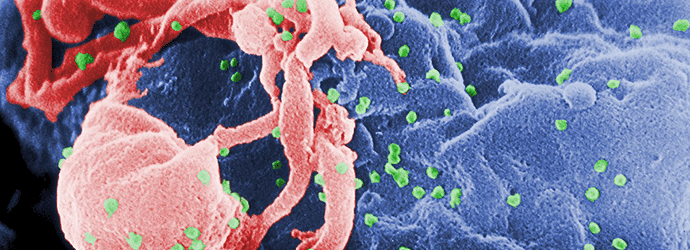Easy Lentiviral Transduction Protocol
Follow our simple lentiviral transduction protocol and discover expert tips and tricks to make your transductions a success.
Join Us
Sign up for our feature-packed newsletter today to ensure you get the latest expert help and advice to level up your lab work.

Follow our simple lentiviral transduction protocol and discover expert tips and tricks to make your transductions a success.

Do you know your transfections from your transductions? We explain the differences between three of the most commonly used ways of introducing foreign DNA.

The use of viral delivery systems to transduce cells for gene and protein investigations has become prominent over the last 20 years. In particular, the use of lentiviral vectors permits stable expression of your gene of interest. This is all possible with a little bit of nucleic acid magic. Lentiviruses (a genus of retrovirus) express reverse…

Engineering a mutation or overexpressing a recombinant protein to study and characterize its function in mammalian cells is no easy task. Luckily, Chinese hamster ovary (CHO) cells, which have been a mainstay in the lab since the 1950s, represent a relatively easy mammalian model system to engineer. There are several methods to choose choose from…
What is Adeno-Associated Virus? Adeno-associated virus (AAV) is a popular gene therapy vector. Different AAV serotypes infect different cell and tissue types with varying efficiency, so it’s a good idea to select the serotype most relevant to your work. The most commonly used AAV serotypes are 1, 2, 5, 6, 8, 9 and DJ, although…
Some viral vectors are the little black dresses of cloning and expression experiments: They work for almost any occasion and always give you the results you were hoping for. Other vectors are more like ballgowns that only come out of storage for special occasions. Let’s wade through all the information out there and take a…
We have already looked into the different types of viral expression systems and when you might use one over another in my previous article. But why would you use viral transduction over similar techniques like plasmids? Just a reminder: Transfection is a lab technique where nucleic acids or proteins may be introduced into cells. When…

The eBook with top tips from our Researcher community.